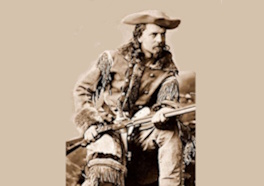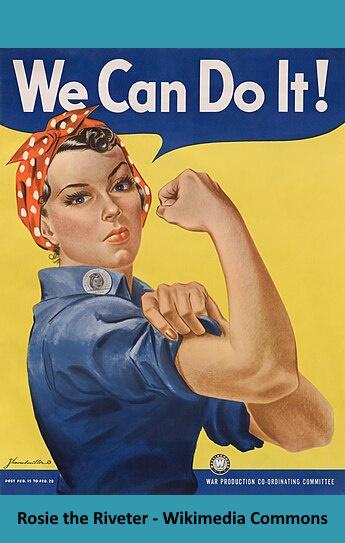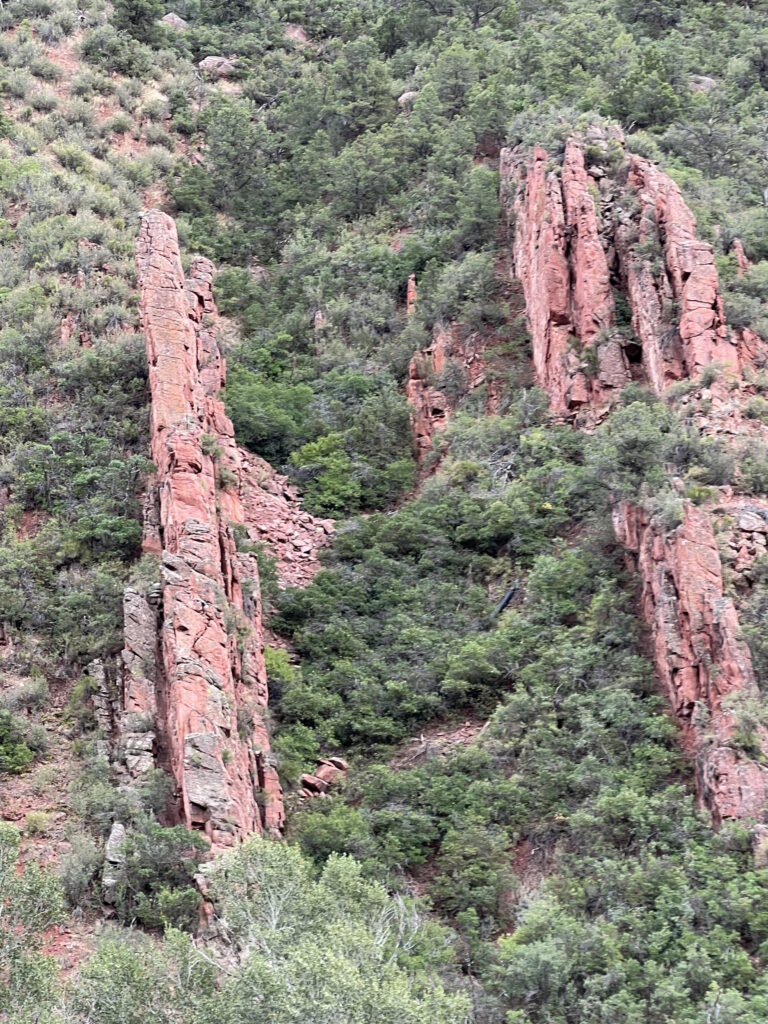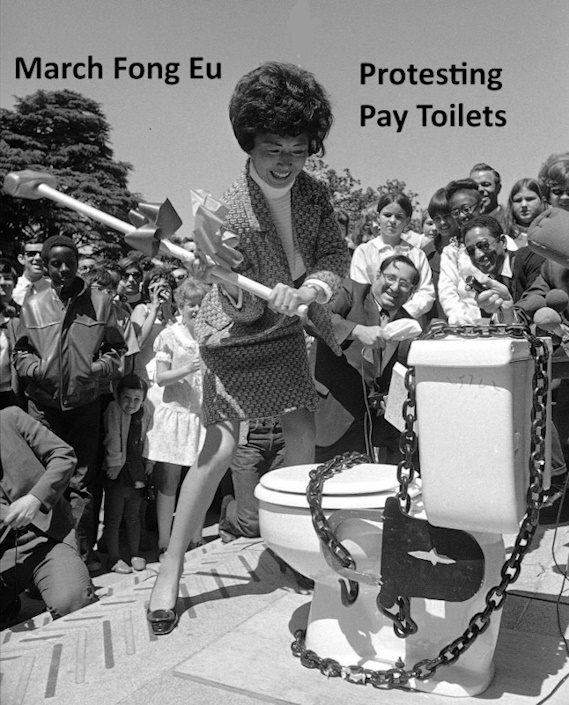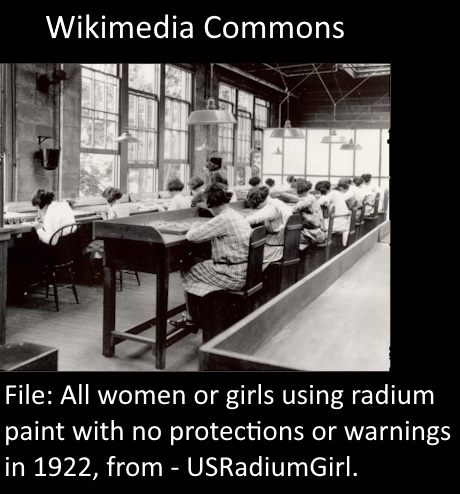Buffalo Bill’s Grave and Museum
Buffalo Bill was one of those few men that, from today’s point of view, took cringe-worthy actions when younger and yet redeemed himself later in life.
William Fredrick Cody was born in Iowa in 1846 and was mainly raised in Kansas. He was a tough character who went t to work at the age of nine. At the age of ten he was highly praised for killing an Indian that was attacking their cattle drive. His father was stabbed for delivering an anti-slavery speech when he was eleven. The stabbing caused lingering effects and eventual death from a respiratory illness. When Cody was fifteen, he worked for Pony Express. Once when other riders were missing, young Cody performed an impressive twenty-two-hour run. He served in the Union army as a scout and was awarded the Medal of Honor for his bravery during Indian wars. Cody engaged in sixteen Indian fights, including a much-publicized scalping of a Cheynne warrior named Yellow Hair in 1876. A great deal of praise was given him for this last fight because it was in response to the bitter massacre of Custer’s command at the Battle of the Little Bighorn earlier in the year.
Cody was employed to supply Kansas Pacific Railroad workers with buffalo (American bison) meat and became an obscenely prolific buffalo killer. He was claimed to have killed 4,282 buffalo in eighteen months, between 1867 and 1868 and he once killed sixty-eight bison in a contest, surprising everyone by shooting an average of one buffalo every seven minutes.
In today’s political climate, the Indian and buffalo deaths that Buffalo Bill racked up were cringe worthy, but in his day, since he saved people’s lives and fed railroad workers, his actions were not frowned upon.
This hard riding and fast shooting man soon became a western folk hero that was encouraged to go into acting where he proved to be a talented entertainer. “Buffalo Bill” Cody opened Buffalo Bill’s Wild West show in 1883 at Omaha, Nebraska. Sitting Bull was a brief performer and Annie Oakley performed with the show where she continued to dazzle people with her accurate shooting abilities for seventeen years.
One of the most interesting characteristics of Buffalo Bill was his generous outlook toward others. Just as his father died over his anti-slavery beliefs, Buffalo Bill also went against the grain by becoming a committed advocate for the rights of Native Americans. He stated, “Every Indian outbreak that I have ever known has resulted from broken promises and broken treaties by the government.” Also, unlike other men in his day, Bill championed the rights of women, children and minorities and he not only hired women and people of color for his shows but insisted they receive equal pay. ”What we want to do is give women even more freedom than they have. Let them do any kind of work they see fit, and if they do it as well as men, give them equal pay.”
Although Cody was personally convinced that buffalos would become extinct, by exposing people to wild buffalo in his shows, Buffalo Bill helped build awareness and support for saving the American bison from extinction.
After William F. “Buffalo Bill” Cody death in 1917, he was buried in Lookout Mountain Park, where his grave can be viewed, and a museum exists. According to his widow Louisa Cody and close friends, it was Cody’s request to be buried on the mountain overlooking the Great Plains where he had spent much of his life.

